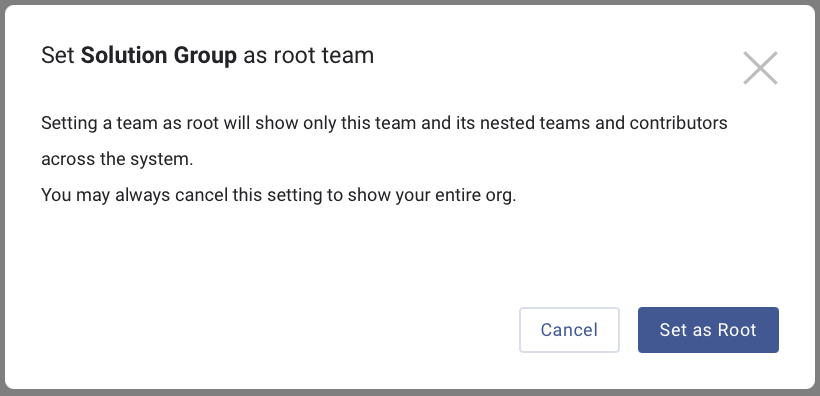Grouping Teams in LinearB
Enhance Visibility with Team Grouping
Grouping teams in LinearB allows managers to oversee activities across multiple teams simultaneously, enhancing strategic decision-making and operational efficiency.
By effectively utilizing group settings, managers can achieve a more organized and focused approach to monitoring team performance and dynamics within LinearB.
Creating and Managing Groups
Adding Groups
- In the LinearB side menu, click Settings.
- In the Company Settings page navigate to the Teams & Contributors tab.
- Click + Add a Group to start the process.
- Name your group and select which teams to include. You can also add specific users, such as team leads or contributors working across multiple teams.
- Define a color and the initials of the group.
- After making your selections, click Save & Close to finalize the group.
Linking Additional Teams to a Group:
Once a group is created, you can add existing teams by clicking the  icon next to the group name and selecting the required teams or users you want to add.
icon next to the group name and selecting the required teams or users you want to add.
Nested Groups:
Groups can also contain other groups, allowing for complex hierarchical structures. This is useful for managing sub-teams like front-end and back-end teams of a single product or regional developer groups.

Setting a Root Group
Define a Root Group to streamline your navigation and focus within the LinearB system:
- Click the star icon next to the group you want to set as your root.
- Choose Set as Root.

- When prompted click Set as Root.

- This root group will become your default view, filtering out unrelated data and providing a tailored experience in LinearB.

Understanding Group Dashboards
Dashboard View
- The Home page for a group functions similarly to individual team dashboards.
- Hover over components to see and select different information displays.
- View a list of the teams within the group and access detailed stats for each team in the table view.
Metrics View
- The combined metrics view allows you to see data for individual teams and the entire group.
- Use the team dropdown in the metrics tabs to toggle between viewing group results and individual team metrics.
- The group result will display combined metrics from all linked teams and individuals.
How did we do?